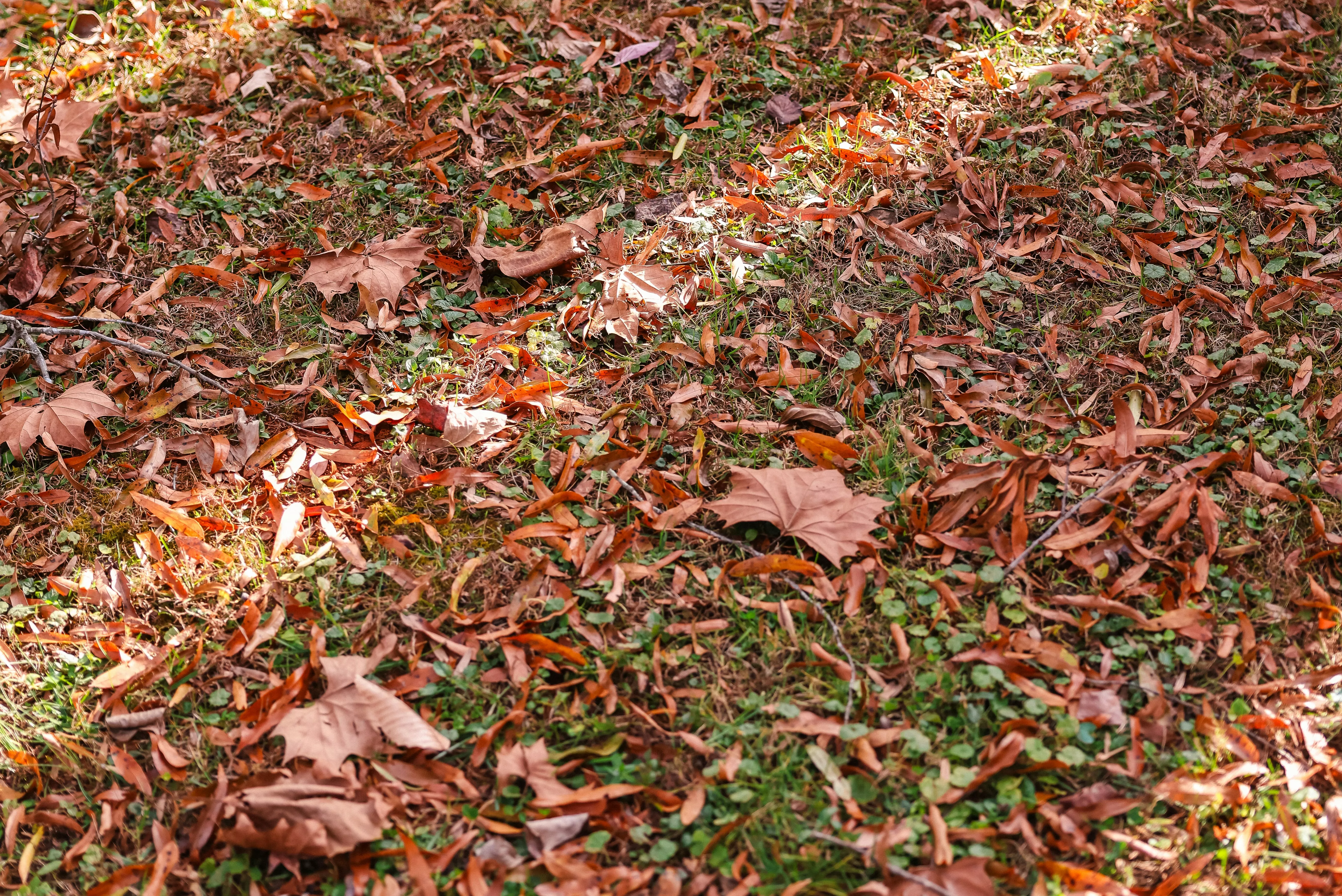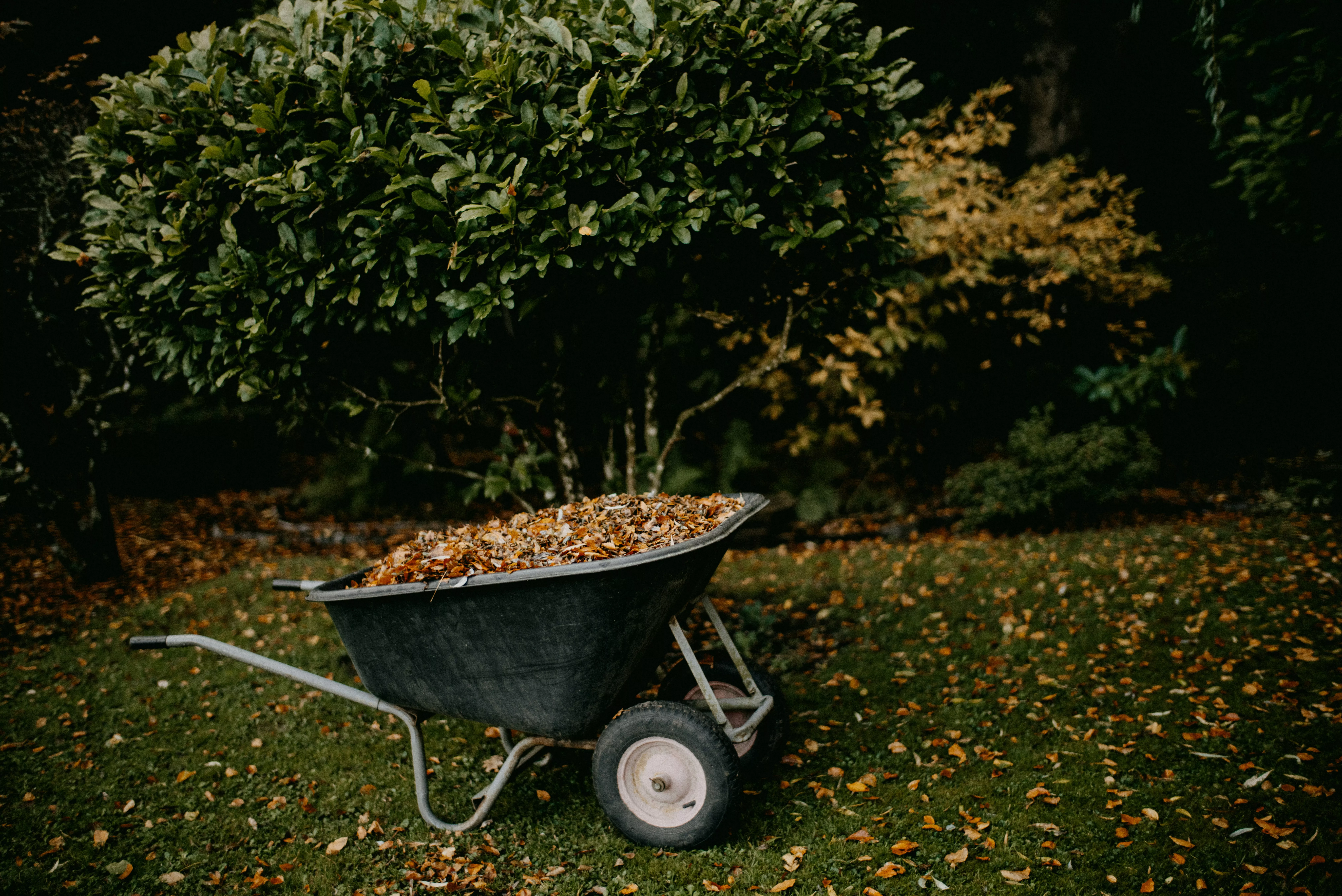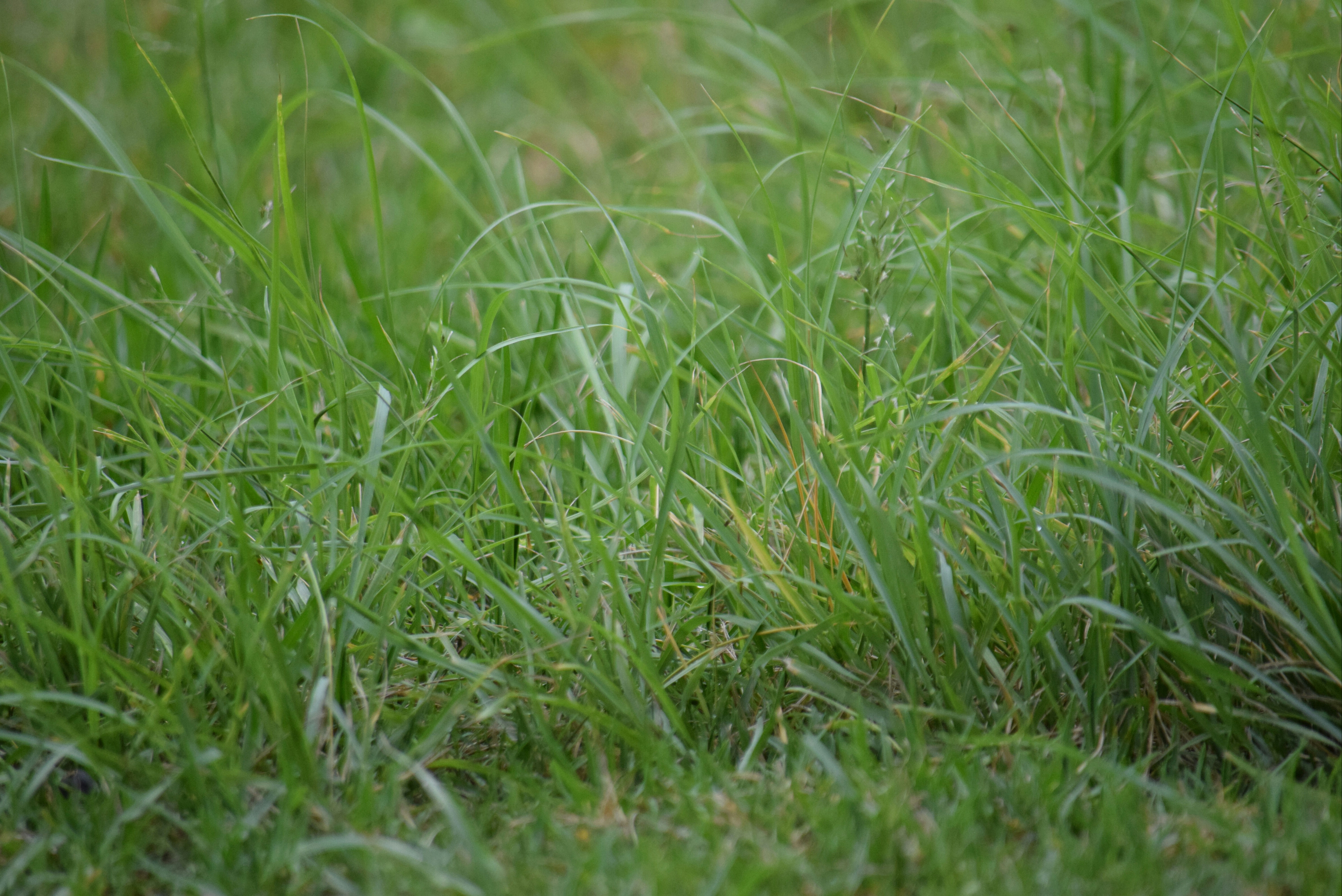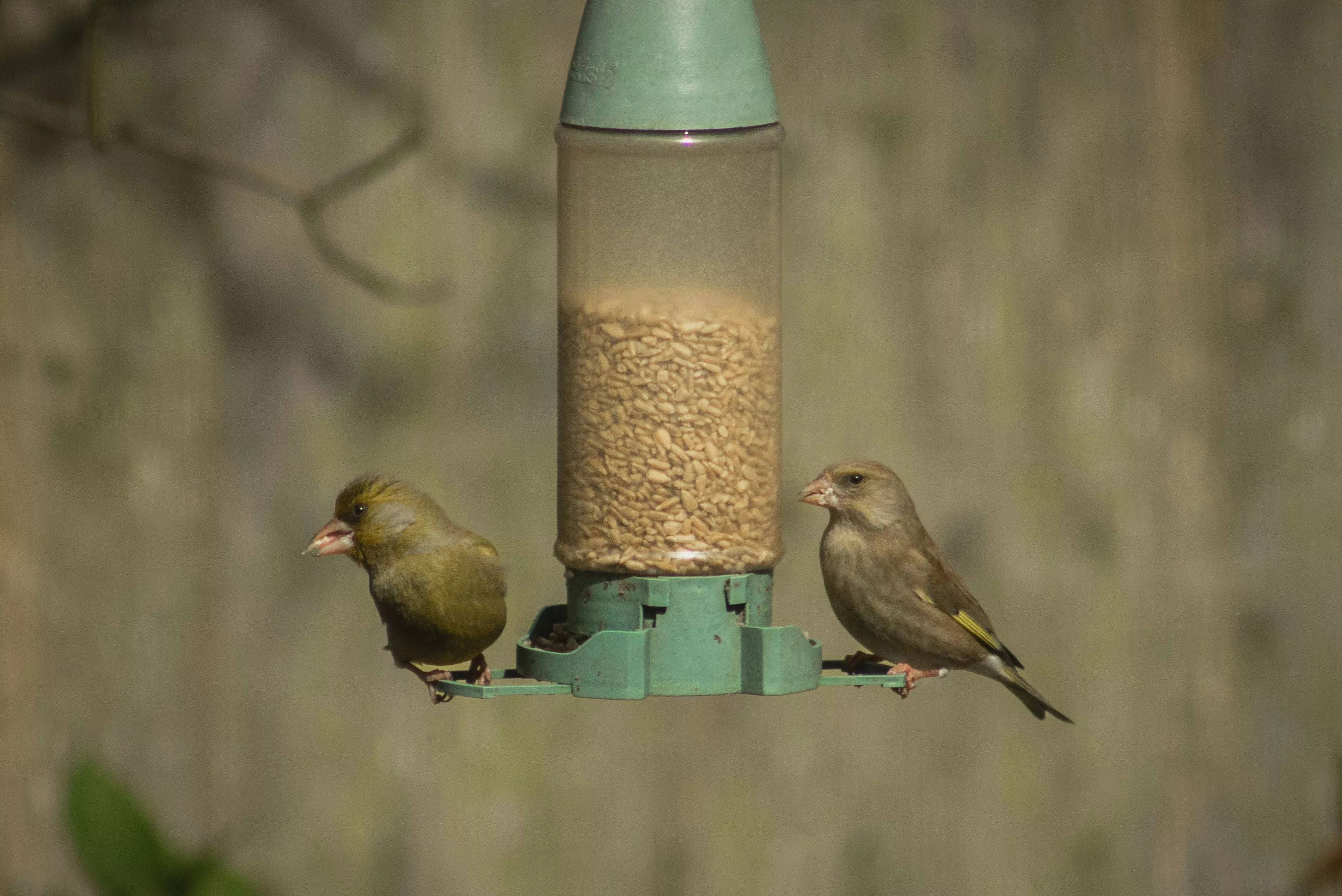
Autumn Gardening: How to Care for Your Garden in the Fall
As the long evenings draw in and the air turns crisp, autumn in the UK brings with it a slower rhythm in the garden. Think of it as a season of winding down, tidying up and laying the groundwork for what’s to come! And, while many might think the garden rests in autumn, there’s actually plenty to do – from protecting plants to enriching the soil and caring for wildlife. All pays off when spring arrives with fresh colour and new growth! So, if you're interested in discovering more, why not continue reading our top tips?
What jobs should be done in your garden this autumn? Clearing away the remains of summer is your first task
The first task of the season is to clear out what summer has left behind. Annuals will be fading, herbaceous perennials may be looking tired, and leaves will soon be gathering under hedges and on the lawn. Clearing them away reduces the risk of pests and disease building up over winter. Anything healthy can go on the compost heap, while leaves are worth collecting separately – given time, they’ll turn into leaf mould, which happens to be a fantastic soil conditioner!


Next up in the garden, it's time for lawn maintenance!
Autumn is an ideal time to give your lawn some attention before the weather turns harsher. Rake out moss and thatch, spike compacted areas with a garden fork, and apply an autumn lawn feed rich in potash and phosphates. These nutrients help to strengthen the roots rather than push out soft green growth. It’s also worth raising the mower blades slightly, as longer grass is more resilient to frost and damp conditions.

Wondering what you can plant in your garden in autumn? Trees, shrubs and perennials are great ideas!
While the top growth in the garden is slowing, in autumn the soil remains warm enough to encourage root development. This makes it one of the best times to plant trees, shrubs and hardy perennials. Bare-root plants often become available later in the season and tend to establish quickly and economically. Planting now means roots have all winter to settle in, so by spring your garden is ready to burst into life.Make sure to protect tender plants
Not everything in the garden will withstand a British winter. Dahlias, cannas, and pelargoniums are best lifted and stored in a cool, dry place once frost is forecast. Borderline-hardy plants benefit from a thick mulch around their roots, or a wrap of fleece for added protection. These small measures make the difference between a plant that limps into spring and one that thrives.
Take stock of your space, and create a checklist for winter and spring
With flowers fading and foliage thinning, the structure of your garden becomes more apparent. It’s a good moment to take stock – to notice gaps, to think about whether paths and seating areas are in the right place, or whether more evergreen planting would help carry the garden through winter. Autumn has a quieter pace, which lends itself well to planning and reflection, so why not make a list of everything you would like to do in your garden come winter and spring?
Support wildlife such as birds in your garden
As the year winds down, it’s easy to forget that the garden is still full of life. Birds benefit from topped-up feeders and a reliable source of water, while seed heads left standing can provide both food and shelter. Even a small pile of leaves tucked into a corner offers valuable cover for insects and hedgehogs. These small gestures help maintain a sense of movement and activity through the colder months.


Savour the season!
Most importantly, take time to enjoy what autumn brings. The low light, the smell of damp earth and the quiet of a garden winding down all have their own appeal. Gardening in autumn is less about rushing to keep up and more about steady, thoughtful work. By balancing tidying, planting and protecting, you create not only a garden ready for winter but also the promise of a flourishing spring. And, if you're interested in learning more about gardening, why not check out our guide to perennials, to help you plan for spring!